First of all, I would like to refer to the article “NVMe SSDs in practice test: What is PCIe 4.0 really good for compared to 3.0 and is it worth the extra charge? “. The Seagate FireCuda 520 1 TB used for the test has a Seagate-labeled controller, but it is identical to what is currently on the market. Nevertheless I have chosen this SSD consciously, because it is delivered without cooler. If this is still attached by clip on the Corsair and Aorus models, Patriot has it firmly glued with power tape. Useless additional work and also a dangerous stumbling block. The controller and the memory modules have no underfill and so cracks are definitely pre-programmed when bending the board.
What still elegantly plays into my cards here – the image of the workstation test system occupies 65 to 66% of the 1 TB NVMe SSD, so that the ideal constellation for a recommended, maximum occupancy also results here. Testing empty SSDs is quite pointless. The selection of suitable PCIe 4.0 SSDs remains manageable at present, especially since almost all products are identically equipped and the same board from Taiwan Printed Circuit Board Techvest Co. Ltd. In addition, the matching 16-channel Phison controller in the form of the PS5016-E16 and the identical BiCS4 3D-TLC from Toshiba/WD with its 96 layers.
Measurements at a glance
With PCIe 3.0, the cold start takes a good 15% longer with the best attempt, and with a warm start (reboot) the interval is reduced to a good 11% with the best attempt. However, the average for reboots is already at 17%. Whereby the 17% is very quickly put into perspective when one considers the actual time differences. After all, in the end it is only a matter of an ample second. This again is actually not worth the extra charge, unless you restart the computer 100 times a day.
In CrystalDiskMark, the SSD under PCIe 4.0 barely misses the sound barrier of 5000 MB/s in reading with the best result (with the new, empty SSD I was far above that), with the old bus it is still barely up to 3300 MB/s. This is almost 52% more when reading – in synthetic reading, of course. When it comes to writing, the increase is still just under 34%, after all.
But synthetics are dull and boring and if you want to see more, you can read the article linked above. This is just too far now. So let’s move on to real applications. The first thing I use is the SPECwpc, which combines many different professional applications and provides a pretty good image of the different requirements. First we compare the result when reading in MB/s. We can see that, depending on the application, very different performances can be measured, although this is of course also dependent on the package sizes and the number of consecutive actions.
The result in percent is very mixed, as it ranges from a tie (within the tolerance range) in Maya Venice to a good 18 percent increase in icePack. The rest results in between 3 and 9 percent more performance, which remains within a completely manageable range and should never be subjectively felt in daily work. So you can more or less forget about that, especially since with very extensive accesses, completely different properties of the data carriers count.
Let’s get down to writing. There the differences become even smaller. Many applications hardly show any differences within the scope of possible tolerances.
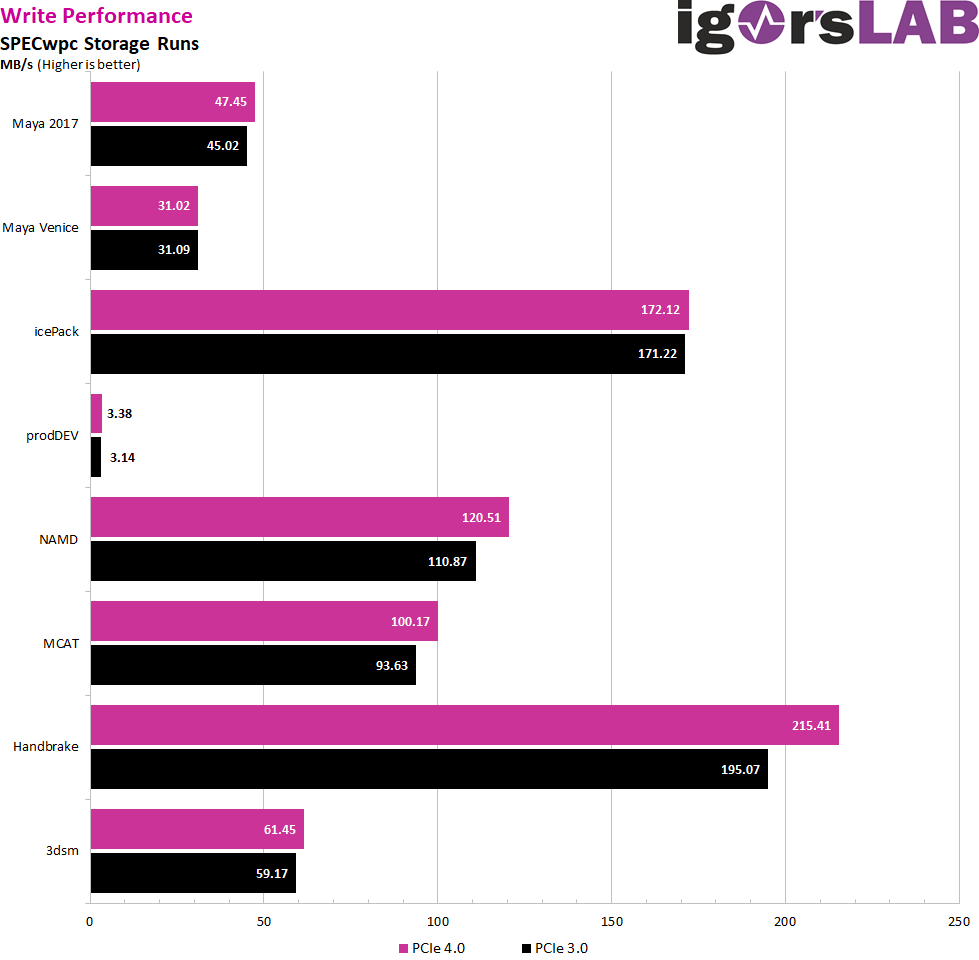 I measure a maximum of 10 percent lead in handbrake, the rest is either tied or between 5 and 7 percent. Anything less than 10 percent can already be neglected without having a guilty conscience. Of course you can measure it, but subjectively you will probably not notice it.
I measure a maximum of 10 percent lead in handbrake, the rest is either tied or between 5 and 7 percent. Anything less than 10 percent can already be neglected without having a guilty conscience. Of course you can measure it, but subjectively you will probably not notice it.
For Maya 2019 I first load a huge animation project. With 25 GB this is also the biggest workload I can load at the moment, especially since the graphics memory is almost completely loaded. This is also the reason why I choose the Radeon Pro W5700, which shouldn’t be limited on the PCIe 4.0 slot. While the program starts up at about the same speed, the huge animation with the 4K textures in particular benefits from the faster interface. The PCIe 3.0 is almost 35 percent behind here, which is almost clearly noticeable when waiting.
This gain can also be felt subjectively. The other programs also benefit if the project size significantly exceeds 500 MB. The larger the file and the fewer files in total that belong to the project, the faster the whole thing will go, regardless of whether it is Blender, AutoCAD or Inventor Pro. Whereby there is no or hardly any difference when saving the projects, because there is usually something else limiting.
In games, the difference is hardly measurable, since many (even smaller) files are usually opened in parallel and the workload itself is not extremely large. In Ghost Recon Breakpoint, there was a difference of 2-4 seconds between the start of the game and the first online registration, in the game no benchmark could measure any really plausible difference. This also applies to Assassin’s Creed Odyssey and other current games.
The advantages of the real reading performance were on average always below or around 10 percent, the writing performance even slightly lower. Nevertheless, one must not sweep the positive outliers under the carpet, even if the scenarios are rather rare. Recording constant streams is one of those things where the SSD on PCIe 4.0 can show its advantages. Copying large files in one piece also has advantages. After all, we are talking about increases of 30 percent and more, which can also be perceived subjectively.
For gamers such a SSD is rather a nice accessory, but not a real must-have. On the other hand, those who work a lot, and especially with very large projects, can certainly benefit from the faster interface. And actually only then does the additional price for such a faster NVMe SSD relativize itself a bit. If you need PCIe 4.0 for storage media at all, I have a very clear Jain for this. In the normal case of the usual home user probably rather not, even if one puts at least already now on the more modern interface.
Subjectively, however, the difference can only be detected and booked as a real benefit in the case of very large streams or copying of huge files. But the smaller a file becomes and the more overhead for opening and closing the files is added, the more the boundaries become blurred. But then one can really give the quite decent surcharge away.
MSI MAG B550 Tomahawk (7C91-001R)
 | Zentrallager: 5 Stück lagernd, Lieferung 1-3 WerktageFiliale Wilhelmshaven: 5 Stück lagerndStand: 20.04.24 16:08 | 136,91 €*Stand: 20.04.24 16:09 |
| nullprozentshop.de | siehe Shop | 136,92 €*Stand: 20.04.24 16:00 |
 | Auf Lager, 1-2 Werktage | 136,92 €*Stand: 20.04.24 15:48 |
AMD Ryzen 5 3600X, 6C/12T, 3.80-4.40GHz, boxed (100-100000022BOX)
AMD Ryzen 7 3800X, 8C/16T, 3.90-4.50GHz, boxed (100-100000025BOX)
AMD Ryzen 9 3900X, 12C/24T, 3.80-4.60GHz, boxed (100-100000023BOX)
 | Lieferzeit 3 Tage | 254,48 €*Stand: 20.04.24 15:06 |
 | Lieferzeit 3-5 Werktage | 291,43 €*Stand: 20.04.24 09:44 |
 | Auf Lager, Lieferzeit 2-3 Werktage | 327,34 €*Stand: 20.04.24 14:48 |


















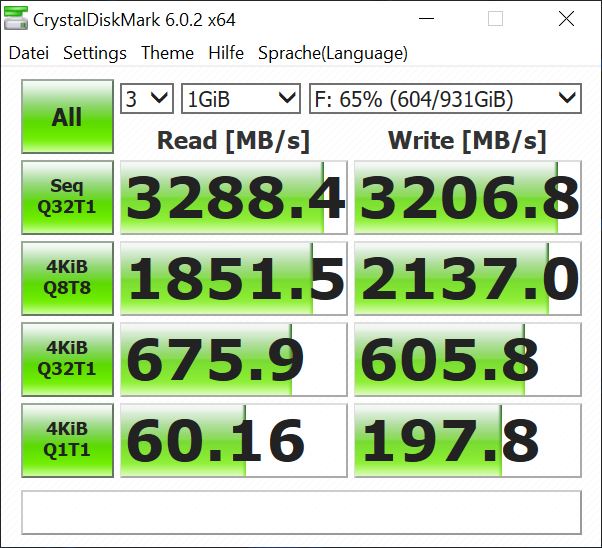
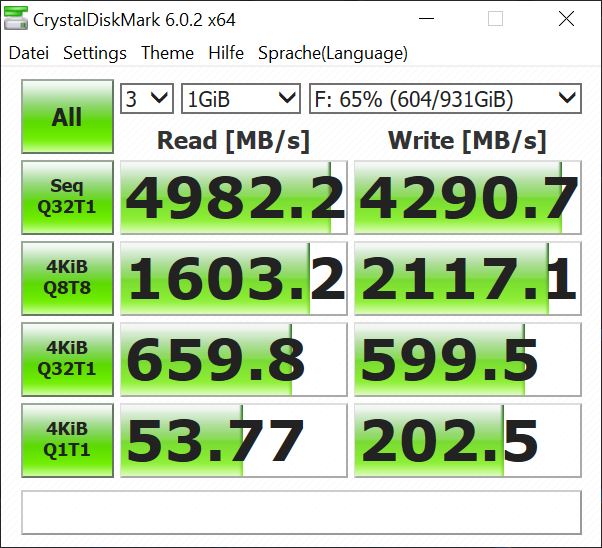
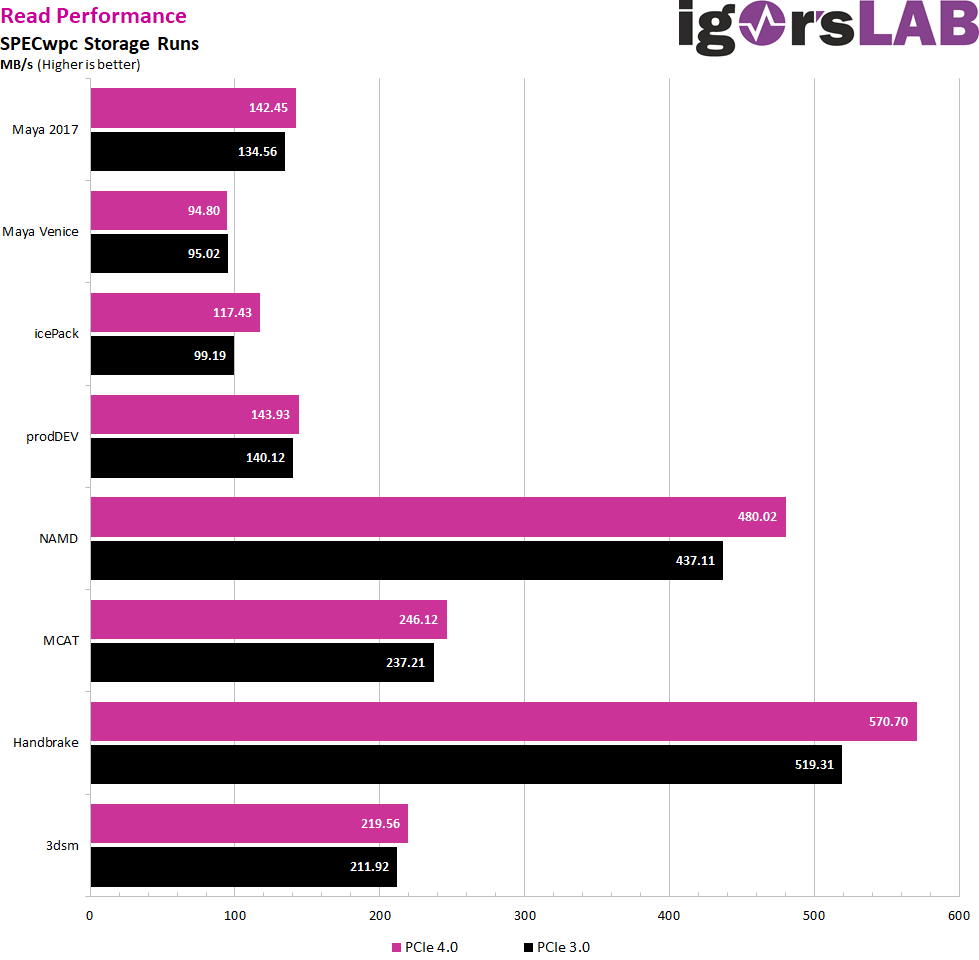

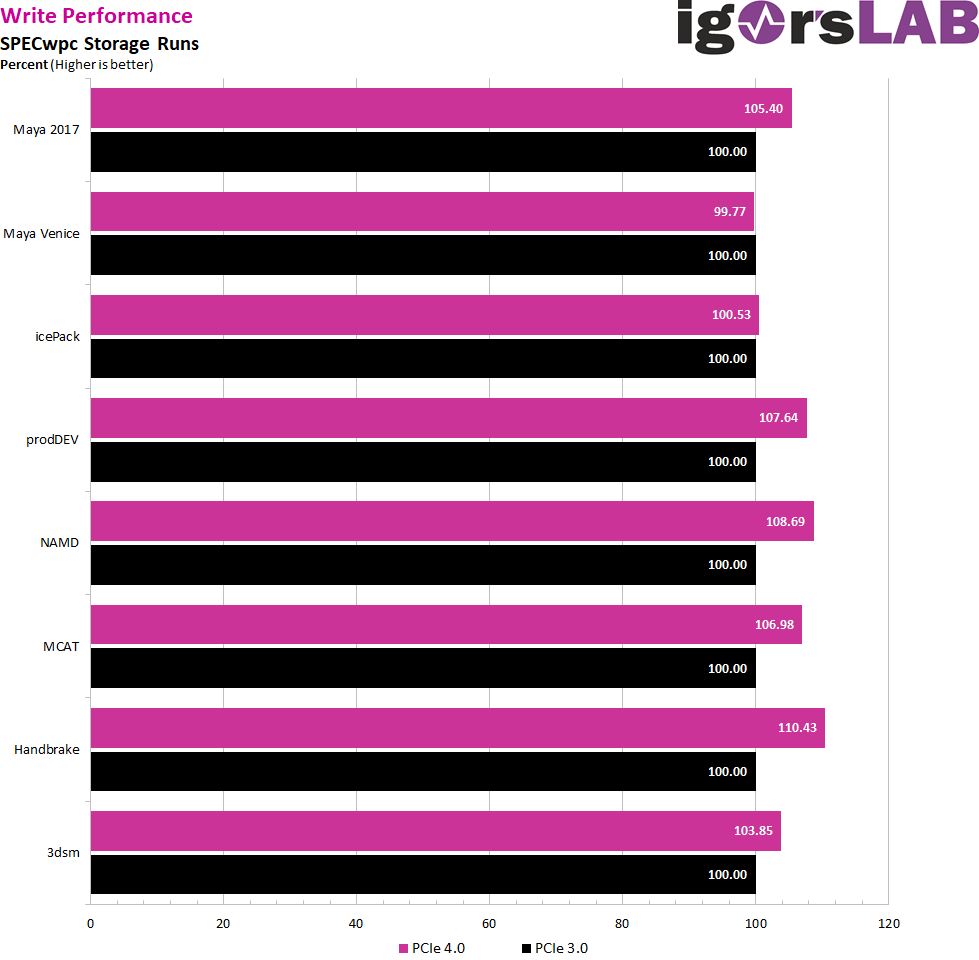
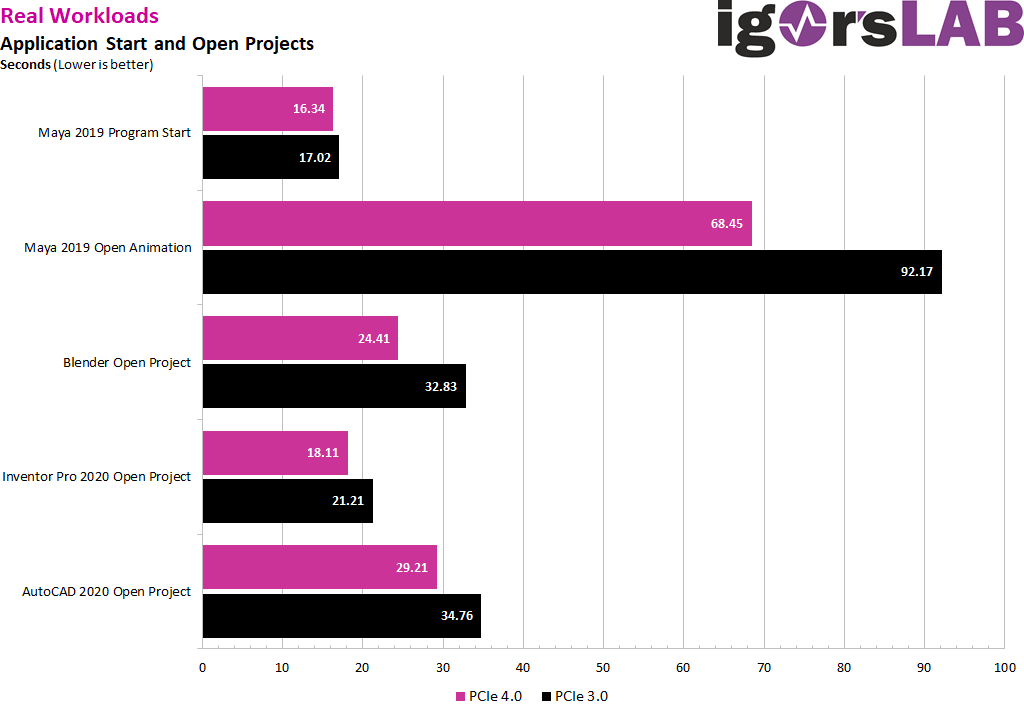

















Kommentieren